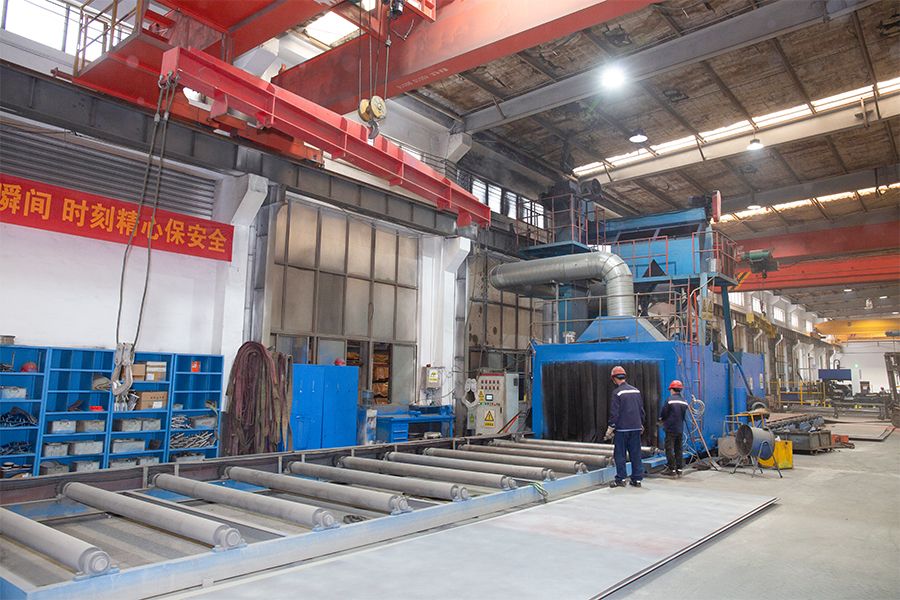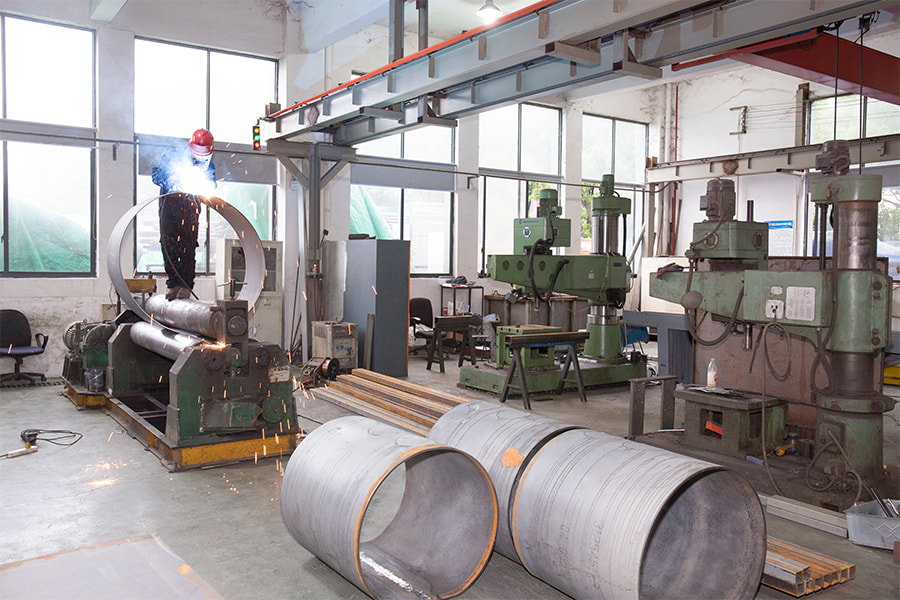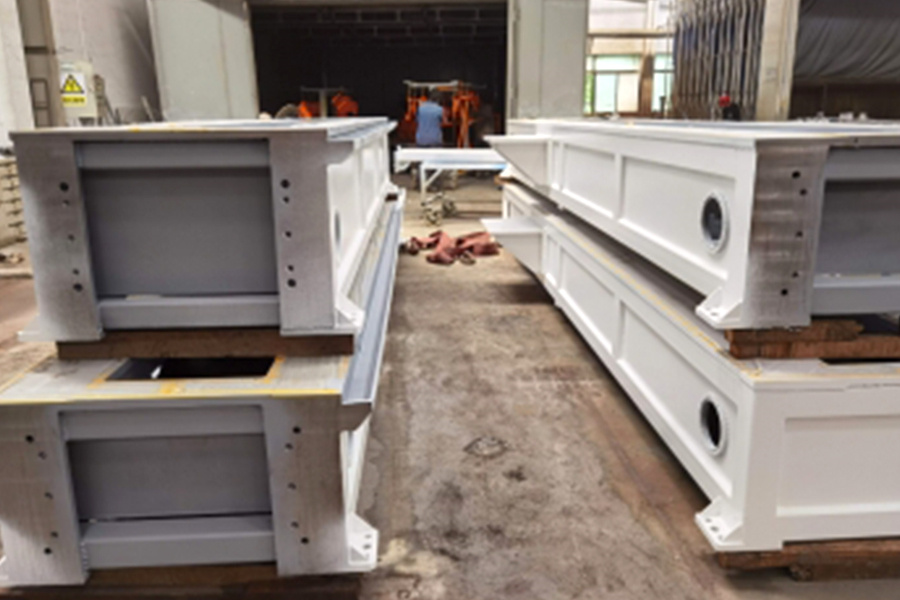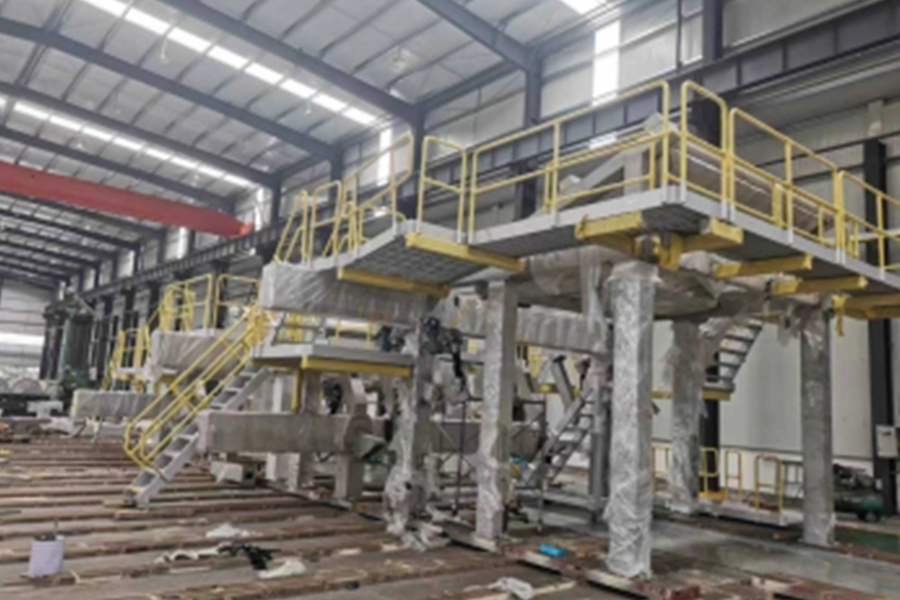No.158, Baoqun Road, Yaozhuang Town, Jiashan County, Jiaxing City, Zhejiang Province , China

Assembly plays a fundamental role across multiple domains, serving as the link between individual parts and complete systems. In its most common sense, Assembly refers to the process of combining separate components into a functional whole, whether in industrial production or in computer science.
In manufacturing, Assembly represents the critical stage where parts are joined together to create machines, tools, and everyday products. Without efficient Assembly processes, large-scale production and modern industry would not be possible.
In the field of computer science, Assembly takes on a different but equally vital meaning. Assembly language is a low-level programming language that provides direct control over hardware. It is often used when efficiency, precision, and optimization are required at the machine level.
By exploring both perspectives—manufacturing and programming—this article will highlight the versatility of Assembly and explain why it remains a cornerstone in both physical and digital systems.
At its core, Assembly can be understood as the act of bringing smaller elements together to form a unified whole. This concept has broad applications, stretching from industrial production lines to the architecture of computer systems.
In manufacturing, Assembly refers to the physical process of fitting and connecting individual parts. Each step in this process contributes to the creation of a finished product, whether it is a simple household item or a complex piece of machinery. The precision of Assembly ensures not only functionality but also the durability and safety of the final product.
In computer science, Assembly takes on a more abstract role. Assembly language is a symbolic representation of machine code, designed to give programmers greater control over hardware operations. By writing in Assembly, developers can manipulate memory, manage registers, and optimize performance in ways that higher-level programming languages cannot always achieve.
Despite the differences between these two contexts, the essence of Assembly remains the same: it is about creating coherence from individual parts. Whether physical or digital, Assembly represents the critical stage where separate elements become a complete, functional system.
The Assembly process is the stage in manufacturing where separate components are systematically combined to create a finished product. It is a critical part of industrial operations, linking design and manufacturing with the delivery of usable items.
There are two primary approaches to the Assembly process: manual assembly and automated assembly. Each approach has distinct advantages and limitations, depending on the product type, required precision, and production scale.
| Aspect | Manual Assembly | Automated Assembly |
|---|---|---|
| Flexibility | Highly adaptable to custom or small-batch items. | Best for standardized, large-scale production. |
| Precision | Depends on worker skill; variations may occur. | Consistent accuracy with programmed machines. |
| Speed | Slower; limited by human capacity. | Much faster; designed for high-volume output. |
| Cost | Lower initial investment, higher labor costs. | Higher initial investment, lower long-term cost. |
| Error Rate | Prone to human error. | Reduced errors through automation. |
The choice of Assembly process depends on production goals. For industries that prioritize flexibility and customization, manual methods may still be preferred. On the other hand, automated systems are ideal for industries requiring speed, uniformity, and scalability.
An Assembly line is a production system where a product moves step by step through a sequence of workstations, with each station performing a specific task. This method revolutionized industrial production by increasing efficiency and lowering costs.
Different Assembly line methods are used depending on product complexity, production volume, and flexibility needs. Choosing the right method ensures a balance between speed, cost-effectiveness, and adaptability.
| Method | Description | Advantages | Limitations |
|---|---|---|---|
| Single-Station Flow | Each worker or machine assembles one complete product. | High flexibility; easy for custom products. | Slow speed; not suitable for mass output. |
| Progressive Assembly | Product moves through multiple stations, each performing one task. | Efficient for large-scale production. | Less adaptable to design changes. |
| Cellular Assembly | Workstations are grouped into “cells” to handle complete sub-assemblies. | Good balance of efficiency and flexibility. | Requires skilled workers and planning. |
| Flexible Assembly Line | Automated systems adapt to variations in product models or demand changes. | High adaptability; suitable for modern needs. | High setup cost and technical complexity. |
The right Assembly line method not only increases productivity but also enhances quality control and reduces waste, making it an essential consideration in modern manufacturing.
In manufacturing, Assembly is the stage where separate components are transformed into functional systems. It bridges the gap between raw materials and finished goods, ensuring that products meet quality, safety, and performance standards. Without an efficient Assembly in manufacturing, even the most advanced designs cannot be brought to life.
| Industry Example | Traditional Assembly Approach | Smart/Modern Assembly Approach |
|---|---|---|
| Electronics | Manual soldering and part fitting. | Automated robotic arms ensure precision and consistency. |
| Automotive | Workers manually install major components. | Collaborative robots (cobots) assist workers on lines. |
| Machinery | Sequential, labor-intensive Assembly steps. | Modular design and automated fixtures speed up process. |
| Consumer Goods | Step-by-step hand Assembly of parts. | Flexible Assembly systems adapt to multiple product lines. |
In modern industry, Assembly in manufacturing is no longer just about combining parts—it is about integrating technology, efficiency, and adaptability to meet evolving demands.
In computer science, Assembly language syntax represents the structured rules and symbols used to write instructions that a computer’s processor can execute directly. Unlike high-level programming languages, which are designed for readability and abstraction, Assembly provides a closer view of hardware operations.
Each instruction in Assembly typically corresponds to a single machine operation, such as moving data between registers, performing arithmetic, or controlling program flow. This makes Assembly language syntax a vital tool for situations where efficiency, precision, and resource control are critical.
MOV, ADD, or JMP.| Aspect | Assembly Language | High-Level Languages |
|---|---|---|
| Level of Control | Direct access to hardware resources. | Abstracted; hardware details hidden. |
| Syntax Complexity | Compact but difficult to read; one line ≈ one CPU instruction. | Human-readable; closer to natural logic. |
| Efficiency | Extremely efficient in execution and memory use. | Less efficient due to abstraction layers. |
| Portability | Processor-specific; not portable across architectures. | Platform-independent; portable across systems. |
| Learning Curve | Steep; requires knowledge of CPU architecture. | Easier; designed for general programmers. |
While Assembly language syntax is challenging to master, it remains crucial for system programming, embedded development, and performance-critical tasks. It allows developers to write programs that maximize hardware efficiency, something high-level languages often cannot achieve directly.
Traditional Assembly language gives programmers low-level control over hardware, but it also leaves room for errors such as memory corruption, invalid jumps, or unsafe operations. To address these risks, researchers and developers introduced Typed Assembly Language (TAL), an extension of Assembly that incorporates type systems into its syntax.
By embedding type information, Typed Assembly Language ensures that instructions follow safety rules before execution. This reduces the likelihood of runtime errors and enhances system security without sacrificing the efficiency that Assembly provides.
| Feature | Standard Assembly | Typed Assembly Language |
|---|---|---|
| Type System | No type information; programmer must track data. | Explicit type annotations for safety. |
| Error Prevention | Prone to memory and control-flow errors. | Detects errors at compile or verification time. |
| Security | Vulnerable to unsafe instructions and exploits. | Provides strong safety guarantees. |
| Efficiency | Maximum performance but risk of instability. | High performance with added reliability. |
| Use Cases | System-level code, device drivers, performance-critical tasks. | Secure compilers, verified systems, safety-critical software. |
Typed Assembly Language bridges the gap between low-level programming and high-level safety requirements. It allows developers to harness the efficiency of Assembly while minimizing risks, making it particularly valuable in contexts where both performance and reliability are non-negotiable.
Assembly serves as a cornerstone in both manufacturing and computer science, uniting separate elements into coherent and functional systems. In manufacturing, Assembly enables the transformation of individual components into complete products, powering industries ranging from electronics to heavy machinery. Methods such as the Assembly process and diverse Assembly line methods ensure efficiency, scalability, and adaptability in modern production.
In the digital world, Assembly language syntax provides programmers with unmatched control over hardware, while innovations like Typed Assembly Language introduce safety and reliability into low-level programming. These tools allow developers to balance performance with security, ensuring that systems operate efficiently and securely.
Across both physical and digital domains, the role of Assembly remains consistent: it is the act of connecting, integrating, and creating functionality from separate parts. As technology evolves—through automation in factories or safer programming paradigms in software—Assembly will continue to stand at the intersection of precision, efficiency, and innovation.
Assembly ensures that individual parts are transformed into complete and functional products. It improves efficiency, guarantees product quality, and supports large-scale production. Companies such as Jiaxing Dingshi Machinery Manufacturing Co., Ltd., with its 15,000 m² plant and advanced equipment including laser cutting machines, CNC lathes, and machining centers, demonstrate how well-structured Assembly processes can deliver consistent and high-value results.
In manufacturing, Assembly refers to the process of physically joining parts together to create machines, tools, or consumer products. In computer science, Assembly language provides direct control over hardware operations through symbolic machine instructions. Both share the same essence: integrating smaller elements into a functional system.
The company offers one-stop solutions covering cutting, bending, welding, machining, surface treatment, and final Assembly. With over RMB 25 million in fixed assets and a strong workforce of 130 employees, Jiaxing Dingshi Machinery Manufacturing Co., Ltd. achieved an output value of RMB 120 million in 2023. Recognized as a technology-based small and medium-sized enterprise in Zhejiang Province, it ensures that every Assembly process meets high standards of quality and efficiency.


Introduction What does One-stop service mean? One-stop service refers to a comprehens...
READ MORE
Introduction Assembly plays a fundamental role across multiple domains, serving as th...
READ MORE
How Precision Processes Like TIG Welding Deliver Superior Custom Parts from Aluminum ...
READ MORE
Why OEM High Technology Special Equipment Steel Structure Becomes a Core Component of...
READ MORE